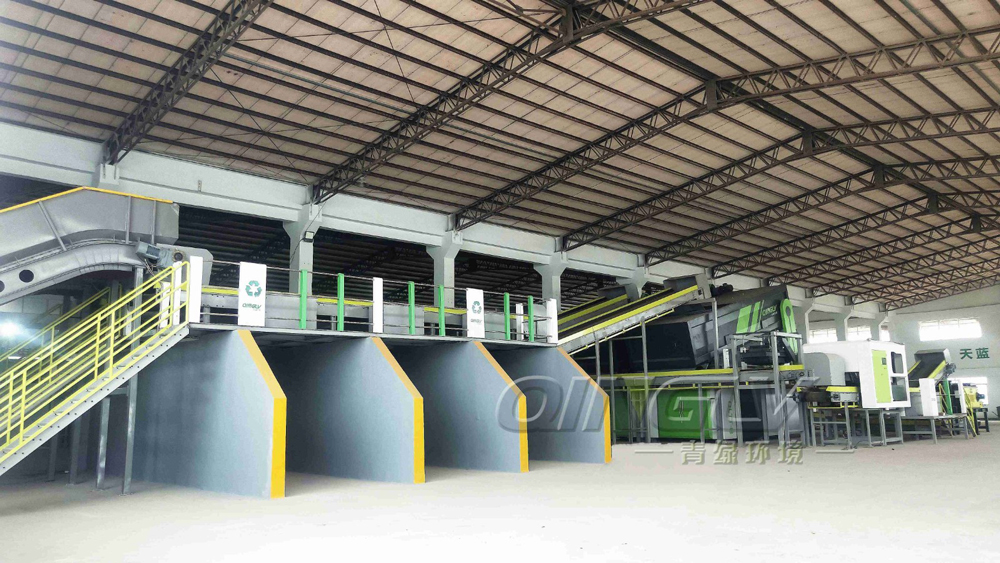 Time:2024-12-03
Time:2024-12-03
 Source:青绿环境
Source:青绿环境
Solid waste treatment is an essential part of environmental protection, and the equipment configuration is directly related to the effectiveness and efficiency of the treatment. Here are the common types of equipment and their functions in the solid waste treatment process.

1. Pre-treatment Equipment
Pre-treatment equipment is mainly used for the preliminary processing of solid waste to facilitate the smooth progress of subsequent treatment processes. Common pre-treatment equipment includes crushers and separators. Crushers are used to break down large solid waste into smaller particles for easier subsequent processing; separators, on the other hand, use physical or chemical methods to separate useful components from useless components in solid waste.
2. Treatment Equipment
Treatment equipment is the core part of solid waste treatment, including incinerators, landfills, and composting equipment. Incinerators are used for high-temperature incineration of solid waste, reducing waste volume and eliminating harmful bacteria through pyrolysis and combustion processes; landfills are used for the safe landfilling of solid waste that cannot be recycled or treated; composting equipment, through biodegradation technology, transforms organic waste into fertilizer.
3. Auxiliary Equipment
Auxiliary equipment also plays an important role in the solid waste treatment process. For example, conveying equipment is used to transport solid waste from one treatment process to another; dust removal equipment is used to remove dust and exhaust gases produced during the treatment process, protecting the environment; and wastewater treatment equipment is used to treat wastewater generated during the solid waste treatment process.













 Prev
Prev











